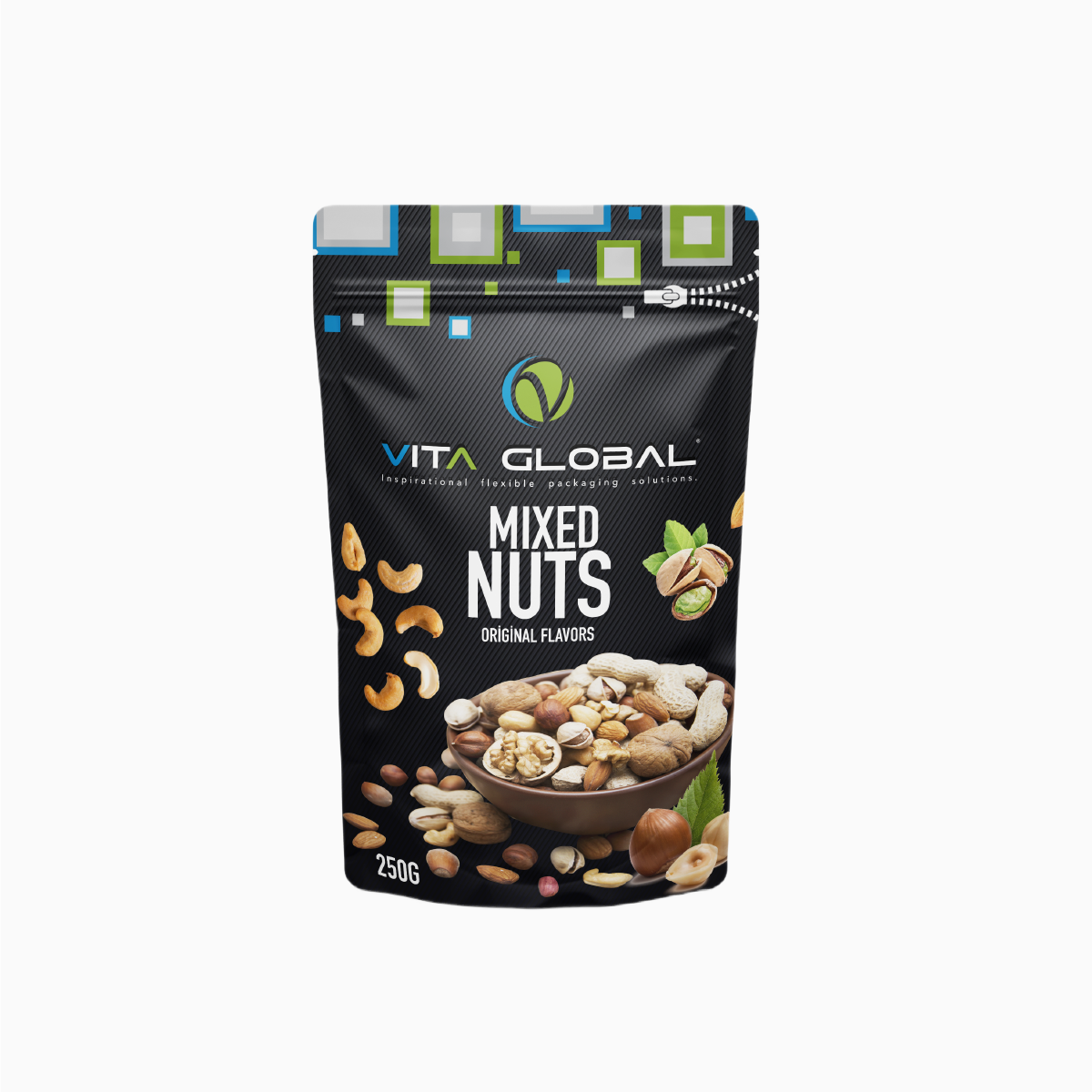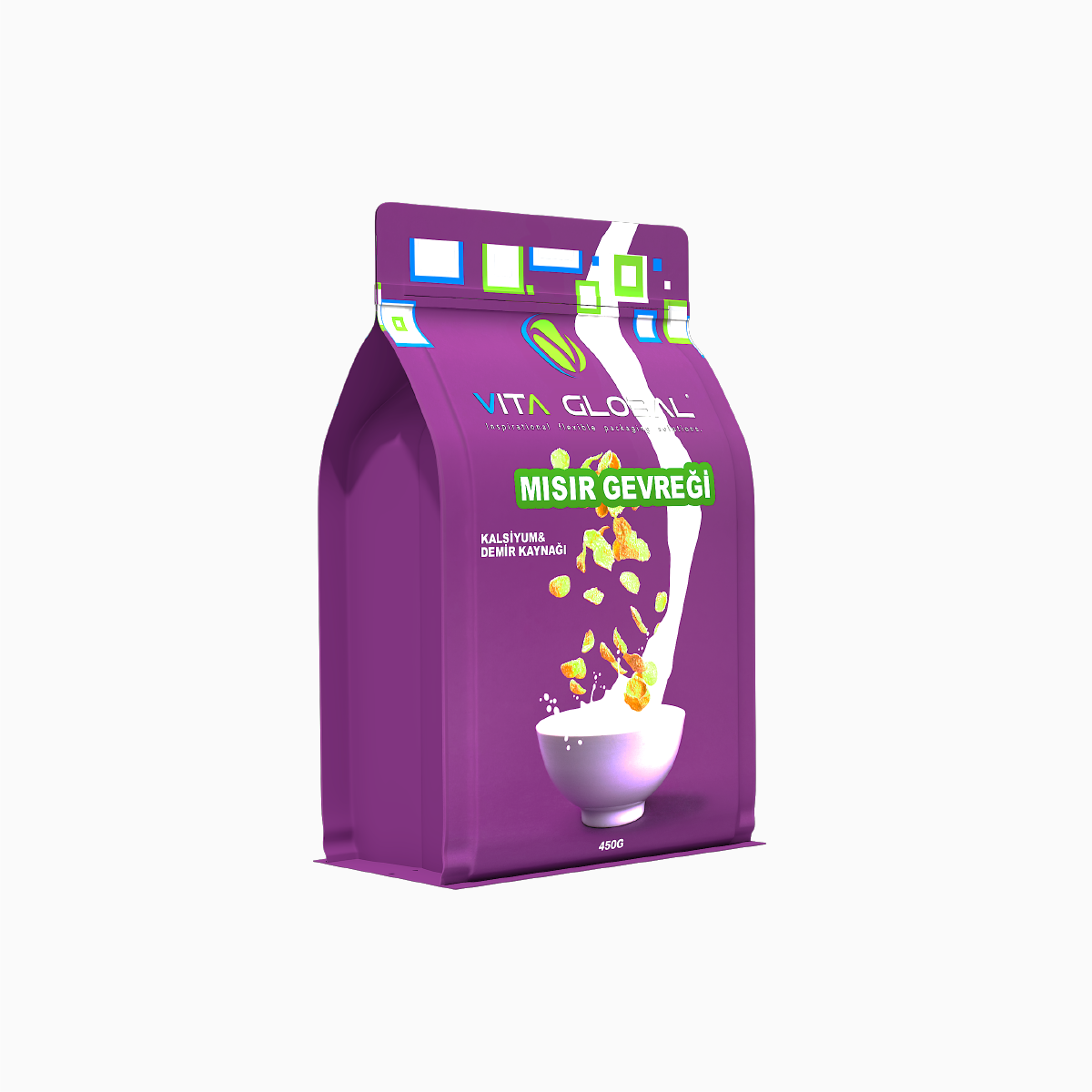
Development and Redesign of Flexible Packaging under Sustainability Criteria
The growing global awareness of environmental issues has significantly influenced the packaging industry. As consumers and regulatory bodies push for greener solutions, the development and redesign of flexible packaging under sustainability criteria have become paramount. This shift not only addresses ecological concerns but also aligns with corporate social responsibility and market demand for eco-friendly products.
Flexible packaging, known for its versatility and efficiency, is widely used across various industries, including food, cosmetics, and pharmaceuticals. However, traditional flexible packaging materials often pose environmental challenges due to their non-biodegradable nature and the difficulty of recycling multi-layered plastics. Thus, the industry is pivoting towards sustainable alternatives that minimize environmental impact without compromising functionality.
The redesign process begins with material selection. Biodegradable and compostable materials, such as polylactic acid (PLA) and other bio-based plastics, are gaining traction. These materials decompose naturally, reducing landfill waste and the carbon footprint. Additionally, innovations in mono-materials enable easier recycling processes. By using a single type of plastic in packaging, manufacturers can streamline recycling, making it more efficient and effective.
Another crucial aspect is the reduction of material usage. Through lightweighting, companies can decrease the amount of material required without sacrificing packaging integrity. This not only lowers production costs but also reduces transportation emissions due to lighter shipments.
The redesign also considers the end-of-life scenario of packaging. Incorporating recyclable materials and clear labeling guides consumers on proper disposal methods, enhancing recycling rates and reducing contamination in recycling streams.
In conclusion, the development and redesign of flexible packaging under sustainability criteria involve a holistic approach. It requires innovation in materials, efficient design, and consideration of the entire lifecycle of the packaging. By embracing these changes, the packaging industry can significantly reduce its environmental impact while meeting the evolving demands of consumers and regulatory bodies.
Packaging Solutions that Carry Your Products into the Future
New Business Models
Digitalization also enables the creation of new business models in the packaging industry. For example, companies offering services such as tracking packages and monitoring recycling could emerge.
Eco-Friendly Approaches
Digitalization can encourage the use of more sustainable and environmentally friendly packaging materials. At the same time, smarter packaging of products can reduce the amount of waste.
Doypack

Quadro Pack

Quad Seal Pack

Flat Bottom Pack

#weareinlife
As Vita Global, we are always with you to reach safe packaging. We are in life...
